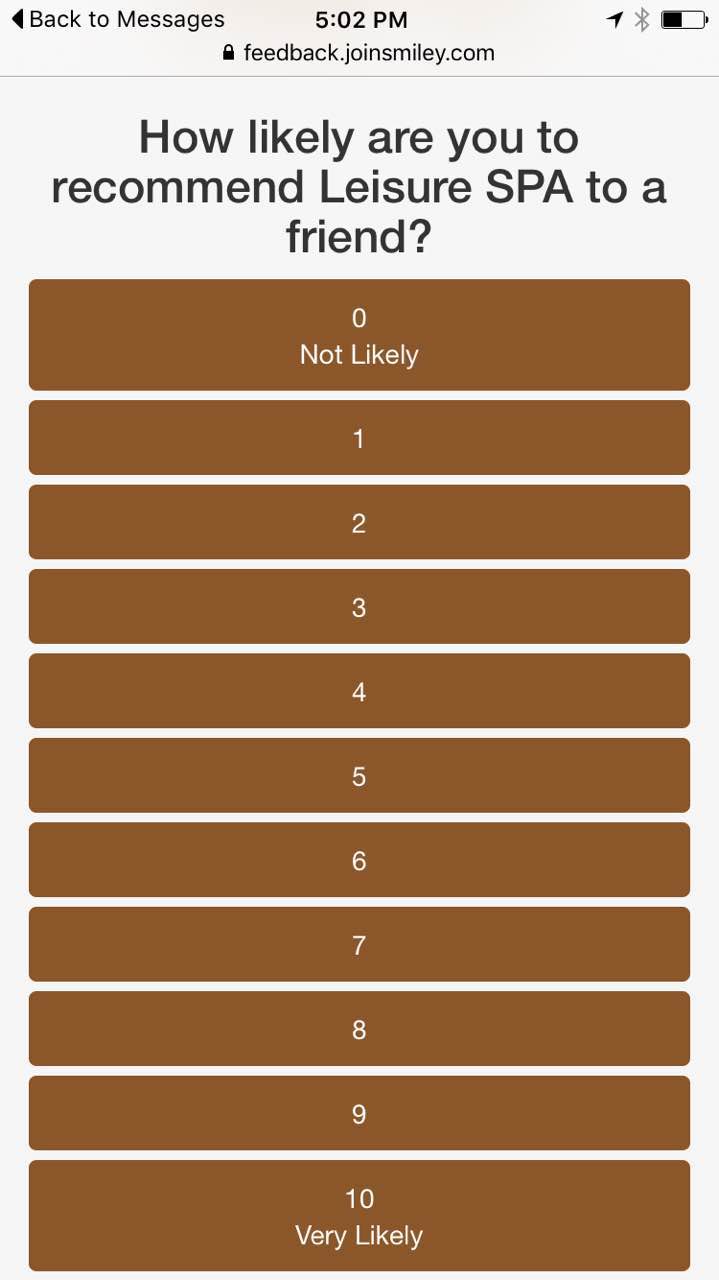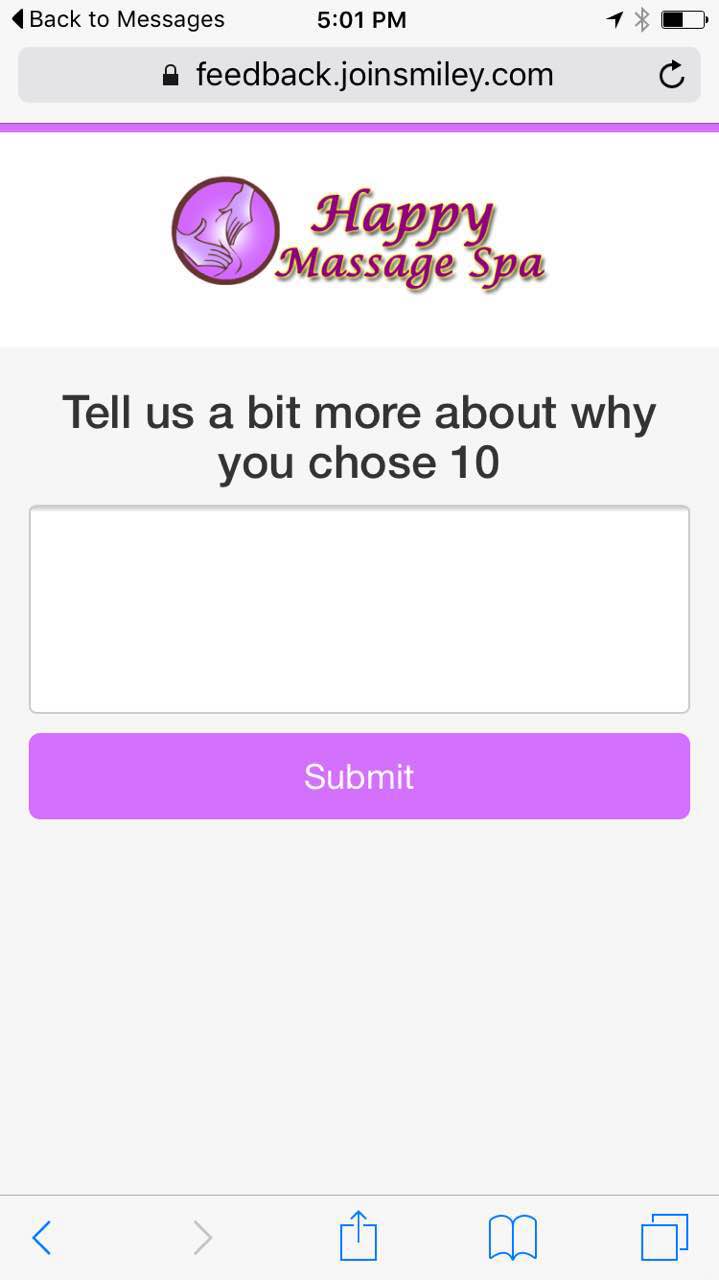How can NPS help local business
What is Net Promoter Score℠?
Net Promoter Score is a customer loyalty metric created by Fred Reicheld, Bain & Company and Satmetrix in 2003. It is based on the perspective that every business’s customers can be placed within three types: Promoter, Passive, and Detractor. The magic is to ask the customers the following question:
How likely would you be to recommend this business to your family and colleagues?

Promoter (score 9-10) customers are loyal enthusiasts who continually buy from the company and ‘promote’ the company to their friends and family.
Passive (score 7-8) customers are satisfied but can easily be tempted to leave by an attractive competitor deal. Passive customers may become promoters if you improve your product, service or customer experience.
Detractor (score 0-6) customers are unhappy, feel mistreated and their experience is going to reduce the amount of which they purchase from you. They can damage your brand and impede growth through negative word-of-mouth.
Respondents are asked to answer by using a 0 to 10 scale, where 5 is neutral.

How to calculate Net Promoter Score℠
Your Net Promoter Score is simply the percentage of promoters minus the percentage of detractors. Usually, any NPS over 30 is considered good, over 50 is great, and over 70 is excellent.

Closed loop
It’s not just about asking for a number and ending the survey, you can use the Net Promoter System to ask customers the reasons for their ratings using an unstructured, open-ended question. With customers’ feedback, business learns how they can improve their service, staff, products, and pricing.

This starts a “closed loop” for businesses and their customers. By knowing what the concerns the customers have, your can turn passive customers into Promoters.
